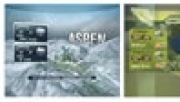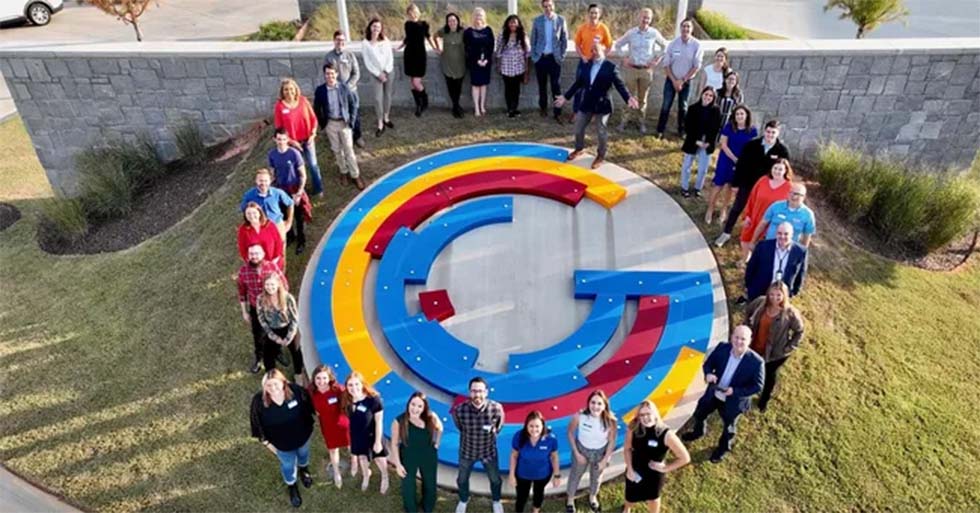Weather graphics
For decades, the process of creating and presenting weather graphics has been insulated from the rest of the broadcast news production workflow. At most U.S. television stations, the weather department developed as an island unto itself.
In this traditional, dedicated model, the local TV station hires a meteorologist or weather team and invests in an end-to-end weather graphics solution that combines an exclusive weather data service with green screen-based presentation tools. Once the weather report is prepared, the meteorologist presents it as a stand-up, on-camera report during the live local newscast. The graphics are triggered by the presenter, not the director or the CG operator as occurs with the rest of the newscast.
Rethinking weather
Broadcast groups, networks and station managers are now starting to turn a critical eye to their weather workflows. While delivering weather updates and forecasts is a critical service, it also has traditionally been one of the biggest expenditures broadcasters make. Oftentimes, it consists of large, upfront capital investment in a proprietary solution accompanied with a high monthly fee for the companion weather data service. Typically, only the top-rated news stations in the market can justify this expense.
Although we operate in a global marketplace, it's important to note that not all markets are the same. Turning on the local television station to watch the weather is generally more important to viewers in the U.S. than those abroad. The station meteorologist often becomes a local TV personality, and stations promote their channel's exclusive branded weather service.
MOS environment
Many weather graphics solutions are proprietary and exist within the closed environment of the weather department. Another approach is to rely on a MOS-driven newsroom and broadcast graphics workflow. Such an approach doesn't require a meteorologist with design skills or lock the station into any particular weather data service, or even pay a monthly service fees.
The professional video industry's #1 source for news, trends and product and tech information. Sign up below.
One drawback to this solution is that if customers want and need a weather data service — and they generally do to provide them with forecast models, radar imagery or other weather metrics — they must locate a weather data provider on their own. While the station can then own the weather product outright, it must negotiate separate deals to arrange for the weather data service. Broadcast weather graphics vendors are often reluctant to sell just the data service portion of their end-to-end weather graphics solution.

This is an important distinction that broadcasters should understand when investing in weather graphics solutions. The dedicated technology approach offers weather data services tied to presentation technology, while an open weather data-agnostic approach supports any and all weather data sets, including those provided by leading weather graphics competitors.
This includes “point data,” such as temperature; wind speed and direction; humidity; current conditions and forecasts; and “model data” that include isobars, isotherms, precipitation, storm fronts, cloud-scans and hurricane tracking displays. Another type of weather data is “imagery,” which includes image sequences from satellite and radar that are used to create animations. And with an open system, data from various weather data sources can be implemented to create hurricane formation graphics and weather alerts.
Consistent branding
Rather than building a weather graphics island, an open approach treats weather as one of the software-based components of a broadcast graphics workflow. Stations can design their own weather graphics from scratch and incorporate their signature branding and look, instead of relying solely on a prepackaged design from the weather graphics service provider. This gives the station complete ownership of its weather presentation.
The weather assets can be managed, repurposed and transcoded for delivery to other platforms, such as their secondary DTV channels and online platforms. They can even be optimized for display on mobile phones and tablets right along with all the other content. Weathercasts can be anchorless, automated sequences, or the weather graphics can be delivered by news anchors along with other stories in the rundown.
Versatile display control
Besides visually rich graphics, a major part of the weather report is the presentation. Rather than being limited to the conventional delivery — where a weather presenter stands in front of a green screen and clicks through prepared visuals — an open platform can leverage multi-touch screen technology. This allows presenters to easily control graphics during a live newscast by touching the screen.
One drawback is that when touching the screen, the presenter turns his or her back briefly to the viewer. That can be countered today by programming third-party control using tablet devices.
Migrating to stereoscopic 3-D
While stereoscopic 3-D may not take the weather industry by storm any time soon, there will be a unique set of customers who are looking for advantages in weather story telling. Although many proprietary weather systems offer stunning visual HDTV quality and sophisticated 3-D animation, not all platforms lend themselves easily to stereoscopic 3DTV. Such is not the case with a software-based solution that was designed from inception for stereo 3-D, and an environment oriented to an X-Y and Z-axis for depth.
The ultimate concern and objective in weather graphics is telling the weather story quickly and clearly. This involves combining weather data, animated weather icons, 3-D animations, text, weather tickers and live video into a single presentation or display. Showing the impact of weather to viewers requires sophisticated maps and satellite imagery. Customers can use these tools to focus on local areas, even neighborhoods; customize the visual style; and layer on text, real-time data, and live video reports from the field.
A critical service
Advancements in weather graphics creation and display are vital to ensuring that live weather reports stay on par with sports, news and elections coverage. Weather graphics must convey the weather to viewers while satisfying broadcasters' operational objectives.
A properly configured weather graphics system may incorporate well into an MOS-based automated workflow. This type of solution can reduce costs while improving productivity across multiple output platforms and maintain high-quality on-air imagery.
Petter Ole Jakobsen is Chief Technical Officer of Vizrt.
